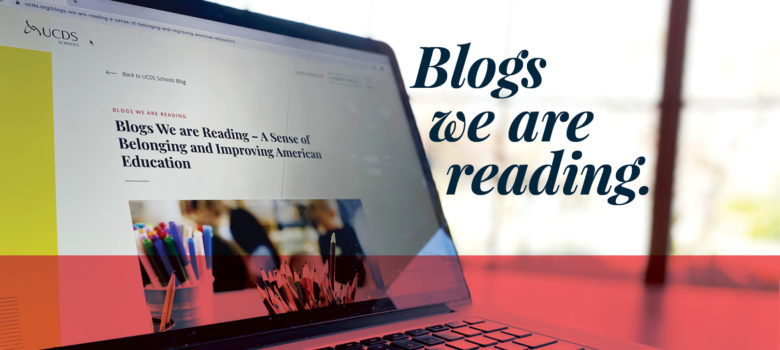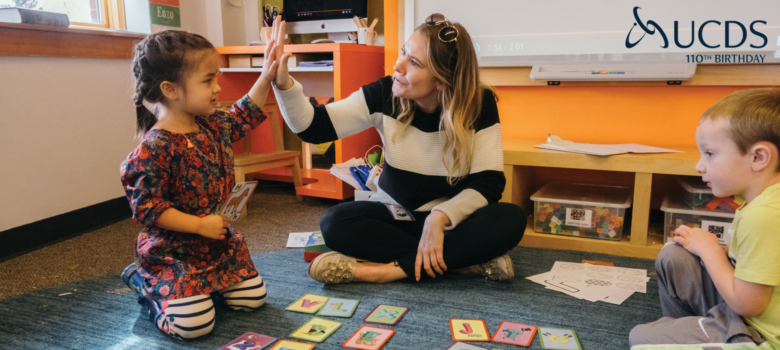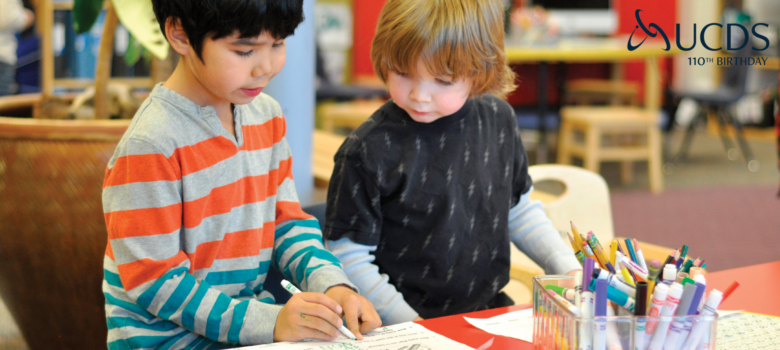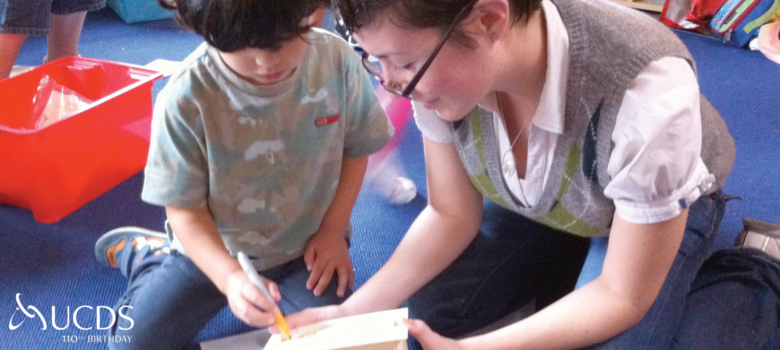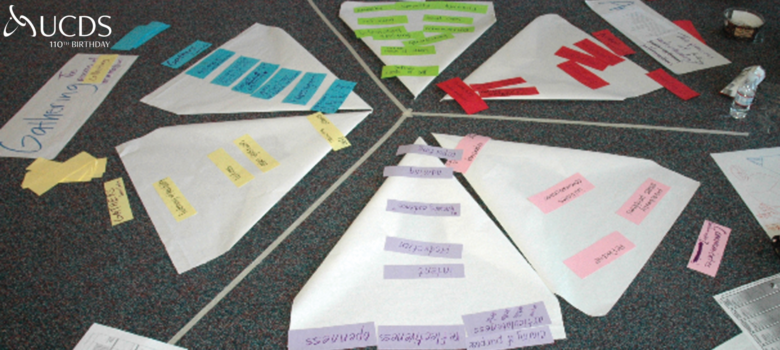by Piper Sallquist, Early Elementary Classroom Teacher
Jessica Kleinrock: How Inclusive Is Your Teaching About the Environment?
Environmental activism is a topic that’s easy to love in the classroom and one I personally feel strongly about. Last fall, the 1st and 2nd grade students drafted postcards expressing their love for the earth, to send to Governor Jay Inslee, as a show of support for the Youth Climate Strike. Students are invested and often passionate about the health of beloved places and animals, but how inclusive are our lessons on environmental health? Liz Kleinrock, an anti-bias anti-racist educator, writes in her essay “How Inclusive is your Teaching About the Environment?”
“Teaching students to respect the environment and participate in sustainable practices is just one part of tackling the issue. We must also help them understand that climate change and institutional racism go hand in hand.”
In conversations with students, it is important to include that climate change disproportionately affects Black and Brown people in America and across the world. The environmental movement often ignores that fact, as well as the fact that BIPOC activists historically played, and continue to play, enormous roles in environmental activism worldwide. My role as a white educator is to actively work to decenter whiteness and colonial narratives when teaching about climate change and environmental activism. When talking about history in the classroom, we ask “Who gets to tell this story? Whose perspective is missing?”.Those questions can also act as a springboard to inclusive teaching of environmental issues Kleinrock writes, “When we include multiple cultural and historical perspectives in our teaching about environmentalism, our students learn that intent and impact do not always align.” That lesson is equally as important as learning environmental stewardship as we strive to foster an inclusive and deep understanding of environmental issues.

